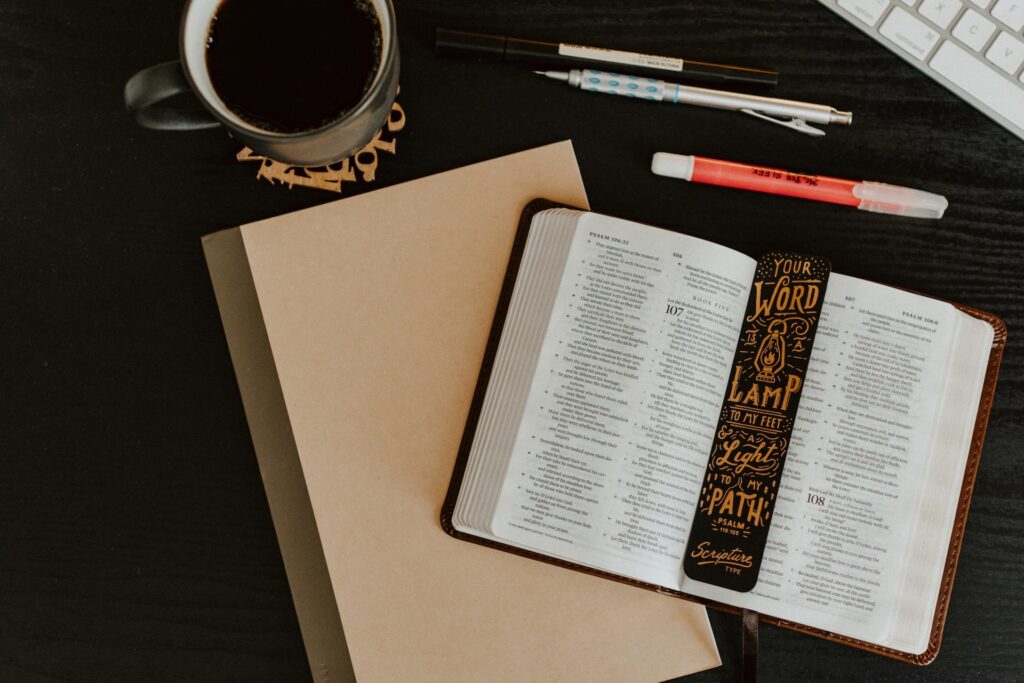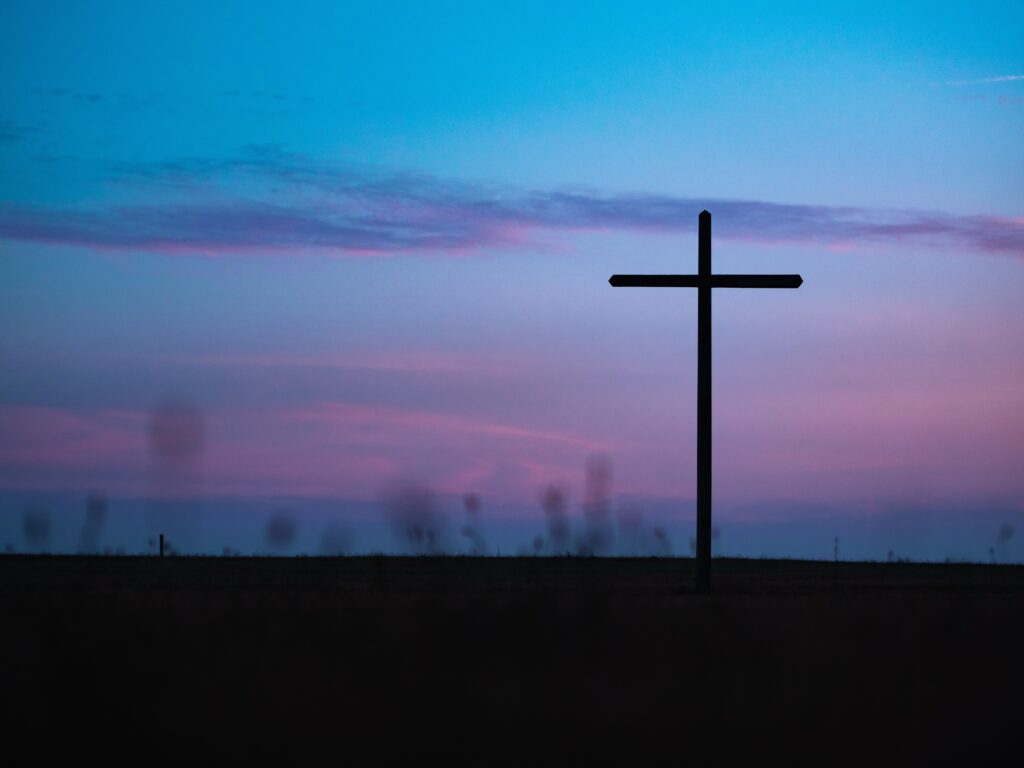
Muslims are often quick to criticize the preservation of Biblical manuscripts, pointing to variations and textual differences. However, many of these arguments have been thoroughly refuted time and time again. In reality, such criticisms often resemble throwing stones in a glass house, as the common Muslim narrative of the Quran’s “perfect preservation” is largely a propaganda claim. To see modern Quranic differences see this article.
Recent scholarship has dismantled this understanding of absolute preservation. The vast majority of Muslims are unaware of textual differences among Quranic recitations, such as the Warsh, Qaloon, or Hafs versions, and many remain ignorant of the fact that variants exist at all. It is as if they believe the Quran is entirely free from human error. However, prior to the invention of the printing press by Johannes Gutenberg in 1440, textual transmission was highly susceptible to changes, just as with any other manuscript tradition. The claim that the Quran has been preserved exactly as originally revealed is deeply flawed.
When Muslims encounter these textual differences, their faith is often shaken, leading either to doubt or a shift in their understanding of what Quranic preservation actually means. Additionally, the field of textual theology within Sunni Islam has been severely challenged by the growing body of evidence showing variations, differences in meaning, and even contradictions within the Quranic text. That will be tackled further in the future.
This article highlights just one of the many problems with the claim of Quranic preservation. The goal is to expose the reality behind this widely accepted but inaccurate belief.
The article below is from atheist Abdullah Sameer, former ex-muslim. With some information from Behnam Sadeghi (*, *) and Mohsen Goudarzi (*) Stanford University / Harvard University . He has taken the time to write this material out already and at the end of this article. More information will be provided for you.
——————————————–——————————————–
By Abdullah Sameer September 3, 2020
Is the Quran perfectly and miraculously preserved? Is there only one Quran? Are there any differences in the text? Do the differences affect the meaning? Do the manuscripts match the Quran we have today? Did the companions of Muhammad recite the Quran differently? If you are confused then you came to the right place!
This is your friendly neighbourhood exmuslim. Abdullah Gondal has taken the time to put together some information that is extremely damaging to the standard narrative. This is not NEW information, but this is information that has been available in academia that has not been widely disseminated. We are going to change that. He has summarized this beautifully with examples from the Sanaa Manuscript and variants in the Standard Quran. Get ready because this is going to blow apart the preservation myth. These are examples of some of the holes that Yasir Qadhi was mentioning.
Three points before we get into it:
1. The Quran doesn’t even mention these Variants which makes it more comical. This is similar to Shias saying one of the most important articles of faith is the 12 infallible imams yet nowhere in the Quran do we find their mention! So if the variants are a feature not a bug, where are they mentioned in the Quran? They aren’t! This is also a big problem for Quranists. Because the Quran claims to be preserved but the existence of variants debunks the Quran. The hadith of 7 ahruf is the only saving grace.
2. The common response by Muslim apologists is that “these variants are different tribal dialects that allah revealed in to make it easier for them”. What dialect would be confused by saying “and those” instead of “those”? Can you imagine some Arab in the desert saying – “Yeah I can’t understand that because it says “Those” when we normally say “And those“. There is absolutely no way different tribal dialects required to either exclude or include things like a “waw” or a “huwa”
If Allah was going to worry about some tribes not understanding it then what about the Greek and Persian speaking populations in the north of Arabia who would be the majority of the population of the Ummah within a couple of decades? Perhaps Allah should have revealed a Greek and Persian Version also!
3. Was it really worth it for Allah to go to such lengths to reveal the Quran in several ahruf for the sake of the the banu this or that… but then cause such controversy – and even fighting – later on and for the next 1400 years?
Let us look at some variants found in the lower text of the Sanaa palimpsest, an alleged companion codex hidden under the Uthmanic text.
Marijn van putten has stated that Asma Hilal is wrong and nobody else follows her in this idea that the Sana’a manuscripts were a student copy.

Matt C @mattcrotts statement and Marijin van Putten @PhdniX response
Sanaa Manuscript and the Standaard Text
________________________________________
By AC
I want to include this image first, which you can find in…
Sadeghi, Behnam, and Mohsen Goudarzi. “Ṣan‘ā’ 1 and the Origins of the Qur’ān.” Stanford University / Harvard University, p. 21.
Which will be included in the source section in the article below.
________________________________________
Baqara 2:196
Of particular interest is the omission of the word “Sadaqah” which translates to charity. The standard text offers you 3 ways to fulfill the compensation: a) Fasting for three days b) Sadaqah c) Animal Sacrifice: but the “Sadaqah” option does not exist in the lower text. That has many theological implications. We also notice the omission of the word “Your Heads” in the Sanaa text which could raise the question whether other bodily hair needs to be shaved.
Maidah 5:44
This verse has significant additions and changes to the sentence structure. The words “Light” and “Guidance” are switched in order. “Nabiyun” is changed with “Anbiya”. The Sanaa text has a significant addition of “by what Allah has revealed in it” and “Judge by it” while omitting the word “naas”. This verse appears significantly different and it could be argued that the difference between “withdraw from them” and “do not come near them” can have different implications
2:222
The sanaa text has major sentence structural deviations from the standard text similar to the previous example. Sanaa text omits and exchanges some words for synonyms.
9:18
Here we see a drastic change. The standard text reads “and establish prayer and give zakat” whereas the Sanaa text reads “and do Jihad in the way of Allah”. The word Jihad is not synonymous to praying and giving charity. The current version omits the more violent reading.
19:4
Again we observe the phrase “Indeed my bones have weakened, and” is absent in the Sanaa text. We find an additional word “Rabbi” (Lord) in the Sanaa text. The verse appears quite different. Allah is quoting Zachariah. That phrase is nowhere else to be found in the Quran attributed to Zachariah. That leads me to question if he ever spoke those words! Or is this another example of the Quran being revised to strengthen a theological point?
63:3
The Sanaa text has 2 additional phrases compared to the standard text. First addition is “Then they increased in their disbelief” and second being “That is because they are a nation that” In this case the Sanaa version offers more explanation and detail. Was this intentionally removed? Or forgotten?
9:9
The Sanaa text uses a synonymous word for “signs of Allah” but has an additional phrase “and their oaths” which can alter the meaning and interpretation of the verse. A variation occurs later where standard text reads “from His way” while Sana says “the way of Allah”. You might ask, why does this matter? His way, or the way of Allah? Same difference, right? The issue is human books have these types of differences. This book is the literal speech of Allah. Which is the correct ayah? And keep in mind this is not a difference of dialect or pronunciation. Having an extra word “Allah” instead of “Him”, these are actual word differences.
9:80
Surah Tawbah Verse 80 is Allah condemning Muhammad for praying for the hypocrites. The difference is in the Sanaa version its a simple “Allah will not forgive them”. In the standard text it says “That is because they disbelieved in Allah and his messenger” and says “never will forgive them”. More theological justification?
Also, in an Uthmanic manuscript shown by Dr Daniel BruBaker, the verse has the phrase “70 times” (as in ask for forgiveness 70 times) omitted. So we have 3 manuscripts with 3 different readings of the verse! This could be a scribal mistake? Or a forgery? If more than half of the verse is a variation, is it still the same verse?
Here are some more anomalies found in different manuscripts
Variants in the Modern Text
Now let’s put aside the manuscripts and let us shift our focus to modern Qurans! Do all modern Qurans have an identical text? Do we have any variants that affect the meaning? In this example the difference may seem minor but has divided the shia and sunnis!
5:6
In the predominant Hafs reading we find the word “ARJULAKUM” but in the Susi reading we find “ARJULIKUM” The difference renders Hafs to mean “Wash your feet” whilst Susi says “Wipe your heads and your feet” So do we wipe or wash our feet during ablution?
2:184
The verse talks about compensation for missing a fast. The Hafs reading is “TAAMU MISKEEN” whilst Warsh is “TAAMI MASAAKEN”. Singular turns to plural. According to Hafs you feed “A POOR PERSON” whilst Warsh says “POOR PEOPLE”. Do we feed one person or many people? One missed fast equates to one poor person? Or someone can miss ten fasts and feed only three people and the compensation is valid?
72:20
Here we see “QAALA” vs “QUL”. Hafs reads “QUL” which implies Allah commanded Muhammad to say the following words whilst Warsh reads “QAALA” meaning “SAID” which implies Allah is quoting Muhammad’s words. So did Allah command Muhammad to say it or Muhammad said it and Allah quoted him? I hope you realize the theological implications. There’s a huge difference here. This specific variant is a common occurrence!
21:112
21:4
In Conclusion
In conclusion, the reasons given by Muslim scholars as to why there are variants don’t make any sense. The Quran itself doesn’t even mention variants. The type of variants we find wouldn’t fall under “dialects”. They are clearly interpolations, omissions and insertions that reflect transmission and scribal errors and have nothing to do with Divinely revealed options for some tribe.
The Quran is not preserved. The cat is out of the bag and its too late to undo the damage.
Thanks for reading. Please consider supporting me. We don’t have a large support network that allows us to put time into this. The money you send will be used to continue to support the work that we are doing and grow the channel. I’d love to do this fulltime one day.
And a special thanks to Abdullah Gondal for taking days of his time to put together this presentation. We hope that these slides will help you to see that the Quran was actually not preserved. If you are Muslim, this might be scary for you to realize that what you were sold is a lie. You might be feeling confused or even angry. That is okay. Be brave and face your doubts. Keep learning and I am confident you will find your way through Islam.
Exposing the Holes In the Quran Preservation Narrative
You can also view the essay above here it here. This is written by Sadeghi, Behnam (*, *), and Mohsen Goudarzi (*). “Ṣan‘ā’ 1 and the Origins of the Qur’ān.” Stanford University / Harvard University, p. 21.
You can also read the PDF above here.
In a future article, I will provide links to websites documenting all the Quranic modern-day variations.






Pingback: Differences In The Modern Qurans - Answers For Christ
Pingback: What Is The Inspired Word of God? - Answers For Christ